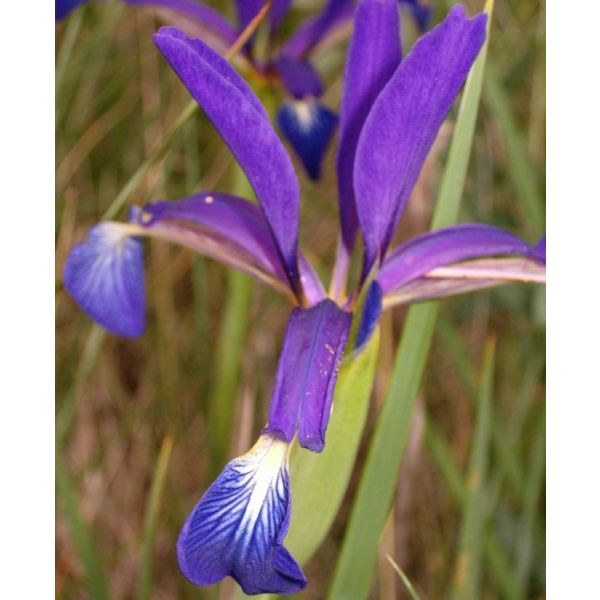Iris Spuria Hybrids Mix Seeds (Butterfly Iris Seeds)
Iris Spuria Hybrids Mix Seeds (Butterfly Iris Seeds)
Most common colors are blue-purple to lilac, but additional colors are readily available, including white orange and yellow.

Delivery
All orders shipped with UPS Express.
Always free shipping for orders over US $250.
All orders are shipped with a UPS tracking number.
Returns
Items returned within 14 days of their original shipment date in same as new condition will be eligible for a full refund or store credit.
Refunds will be charged back to the original form of payment used for purchase.
Customer is responsible for shipping charges when making returns and shipping/handling fees of original purchase is non-refundable.
All sale items are final purchases.
Help
Give us a shout if you have any other questions and/or concerns.
Email: contact@domain.com
Phone: +1 (23) 456 789
Availability: In stock
SKU
Iris Spuria
Iris spuria hybrids, commonly named Butterfly Iris, are native to Europe, from England to North Iran and into Pakistan depending on the subspecies. It has characteristics similar to Siberian iris, but it is taller 2 to 3 feet, has broader leaves and larger.
Large flowers are borne on a short spike for a few weeks in Summer. The flowers are consisting of 3 sepals and 3 petals. Most common colors are blue-purple to lilac, but additional colors are readily available, including white orange and yellow. Flowers best in hot Summers.You will find the Spuria to be another variety of Iris that will give you excellent cut flowers.
The leaves are broader than on most varieties of Iris. The plant spreads by means of its modified stems, rhizomes, which are located below the soil surface.
Hardiness zones 3-9, (-37øC/-35øF, -5øC/25øF) in Winter. The growing conditions for the Spuria are not that demanding. These do best in full sun with a neutral to slightly alkaline pH and a well drained soil. They prefer a rich soil and plenty of moisture until they are done blooming. After they are finished with their blooming period they should be allowed to dry out as they seem to appreciate this during their resting period.
| Common name | Butterfly Iris |
|---|---|
| Species | Iris spuria |
| Cultivar | hybrids mix |
| Germination | First, you can scarify the seeds to try to speed up germination. For faster germination, soak the seeds in slightly hot water for 24-48 hours, followed by 3 months cold stratification before sowing, 1/4 inch deep, in your soil. Keep damp soil, not soaking wet. Keep pot in warm situation 20øC/68øF. Germination usually takes several months. It can be more, depending on their degree of unbroken dormancy, don't give up. |
| Scarification / Stratification | Seed coats may be so hard that they are impermeable to water. They need to be scratched or broken using a knife or sandpaper, in order to germinate. Chip the seeds with a sharp knife or make a few swipes with a sharp edged file or use sandpaper to allow moisture being more readily absorbed. |
| Price View | Price Range |

